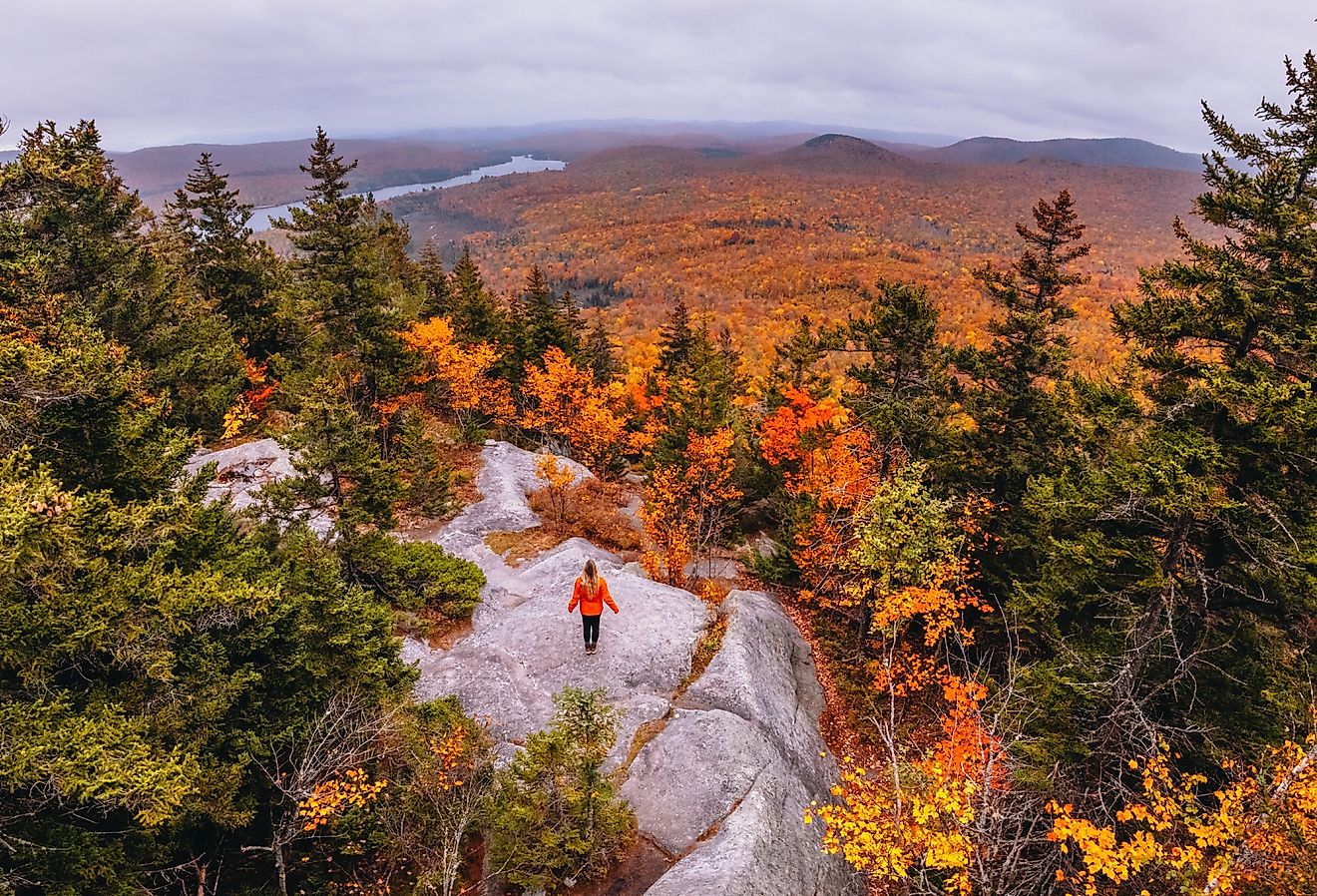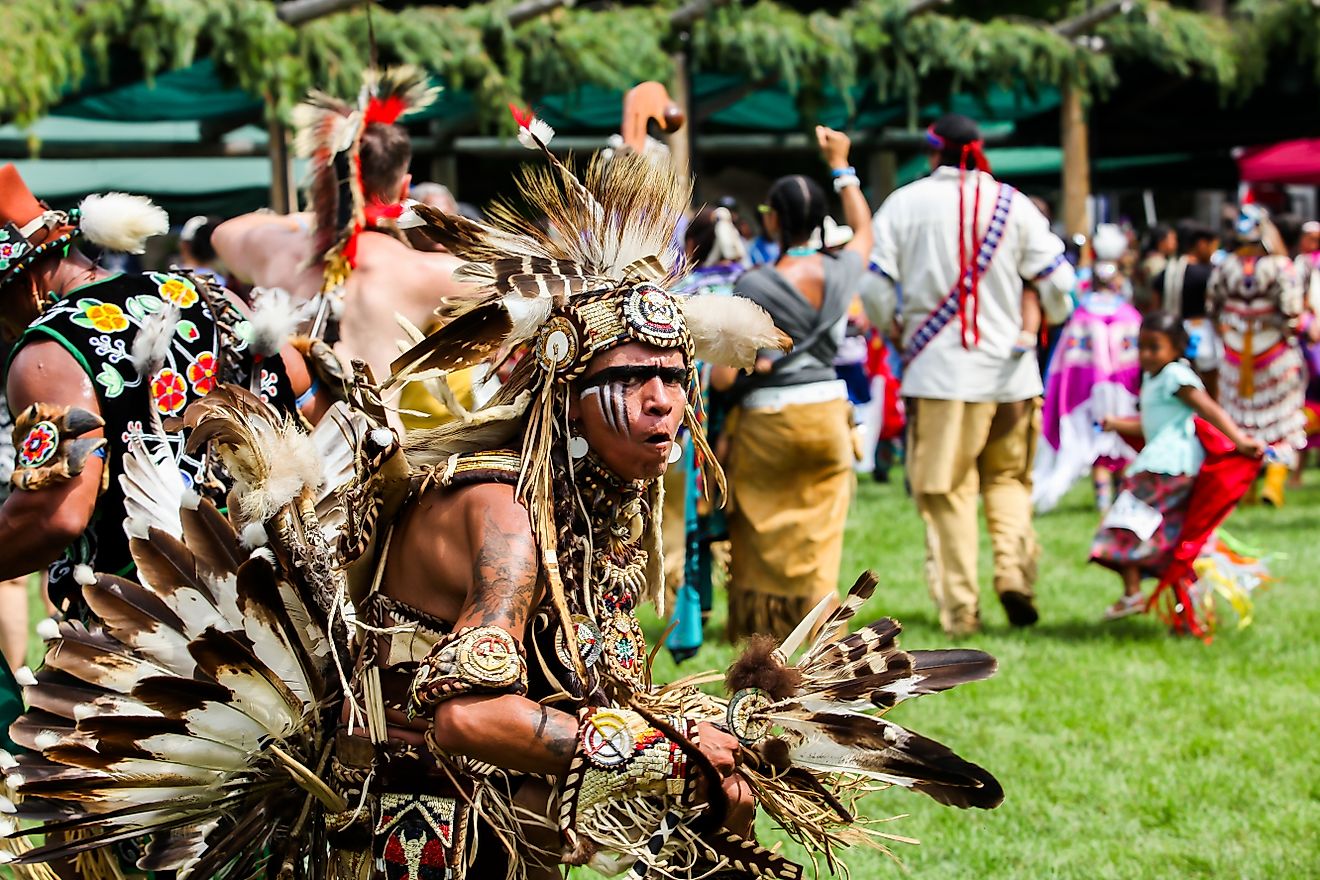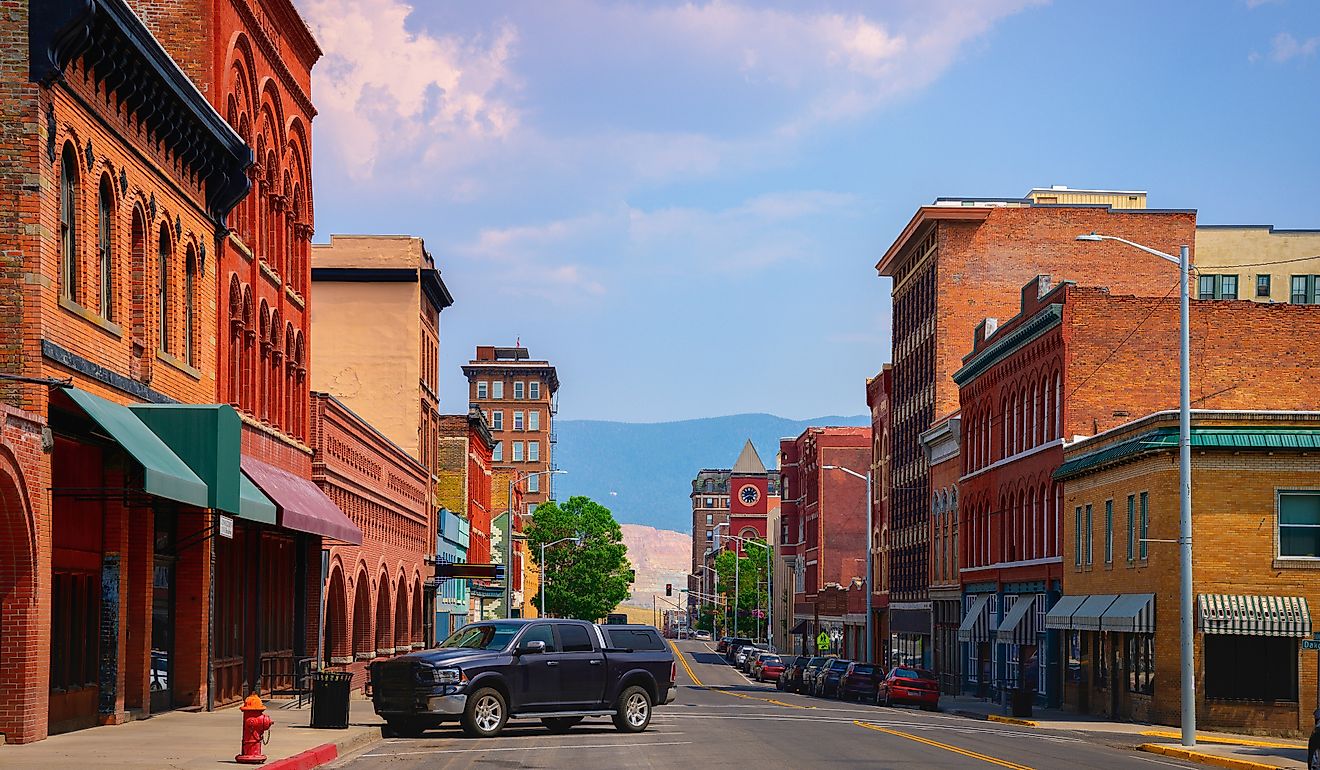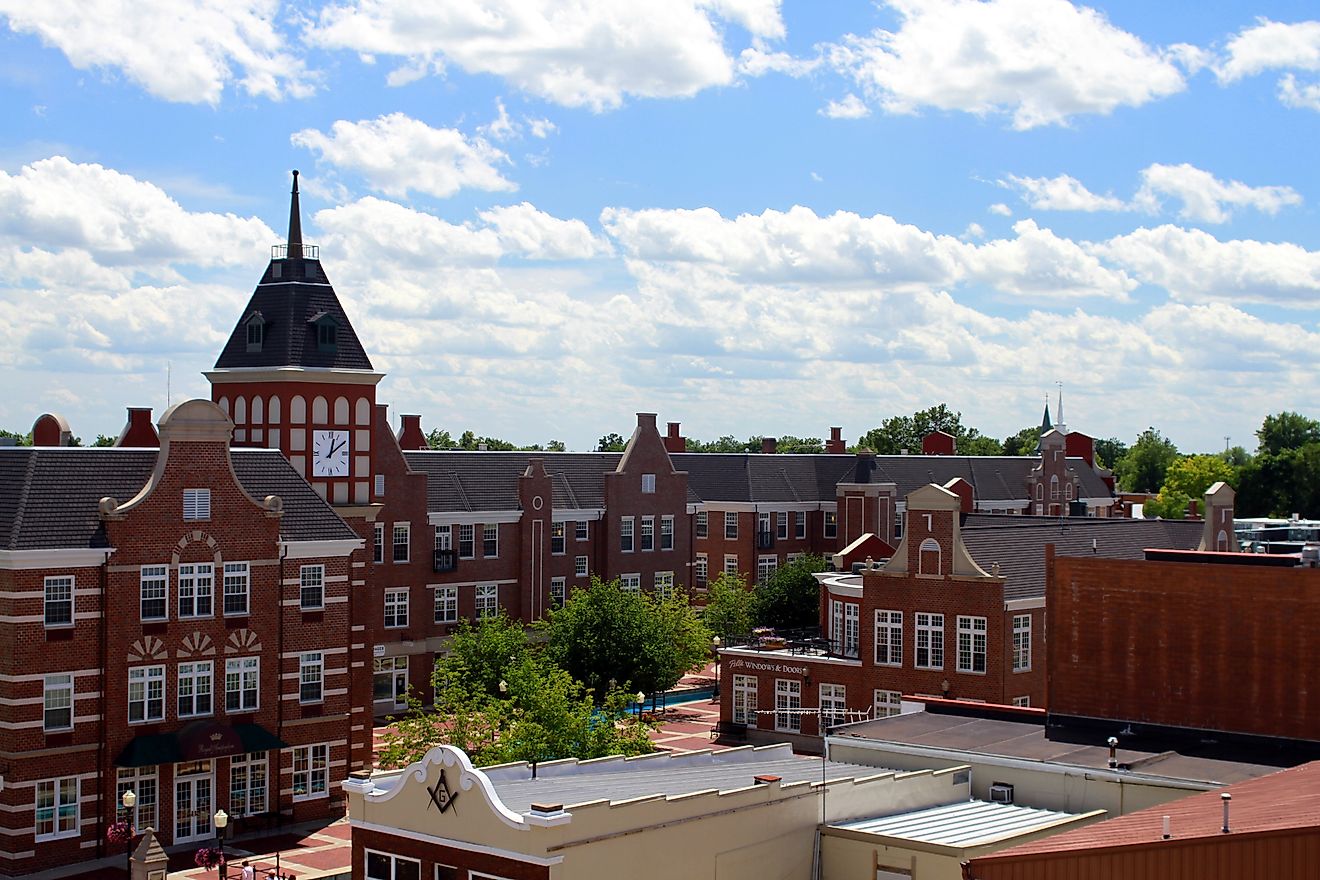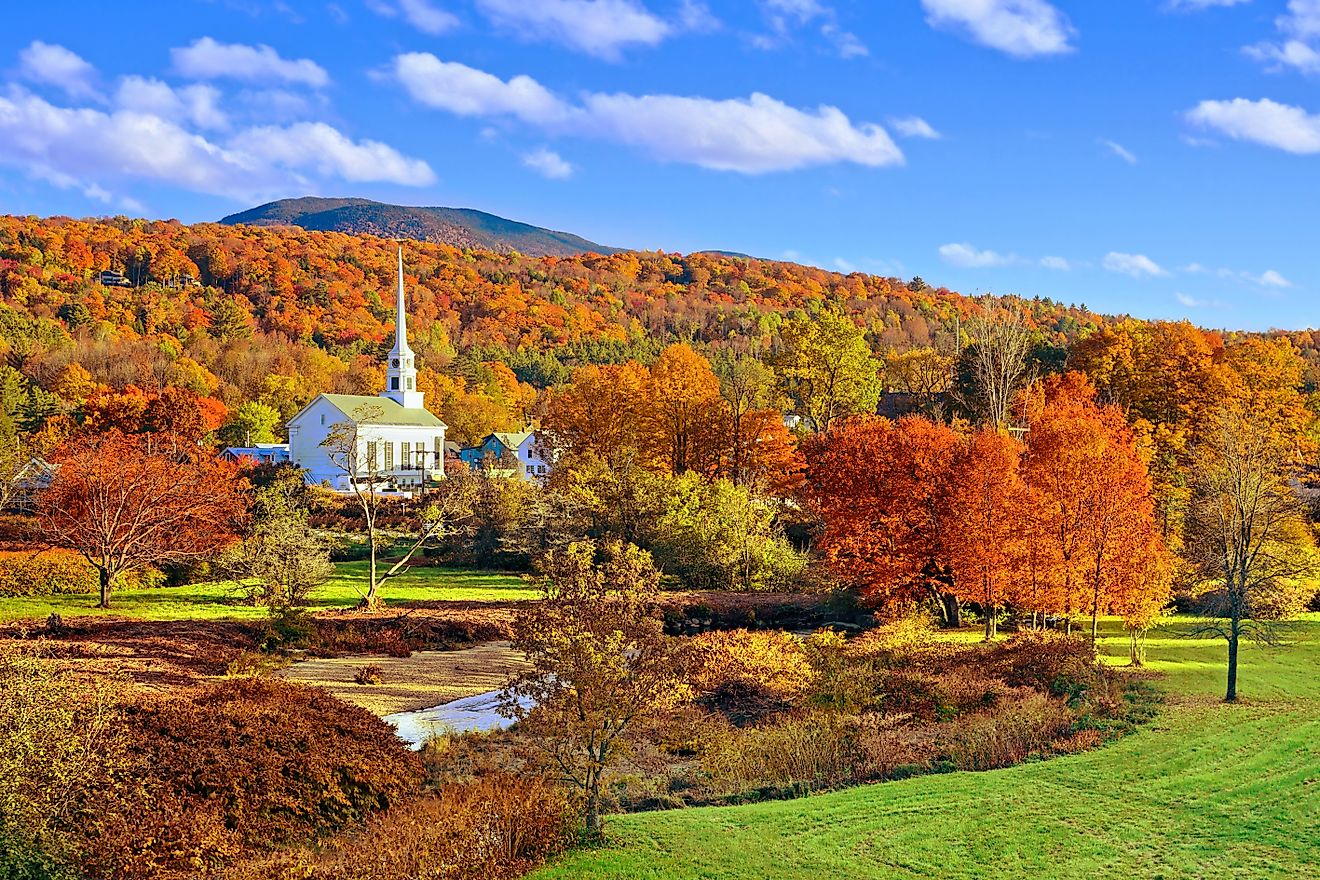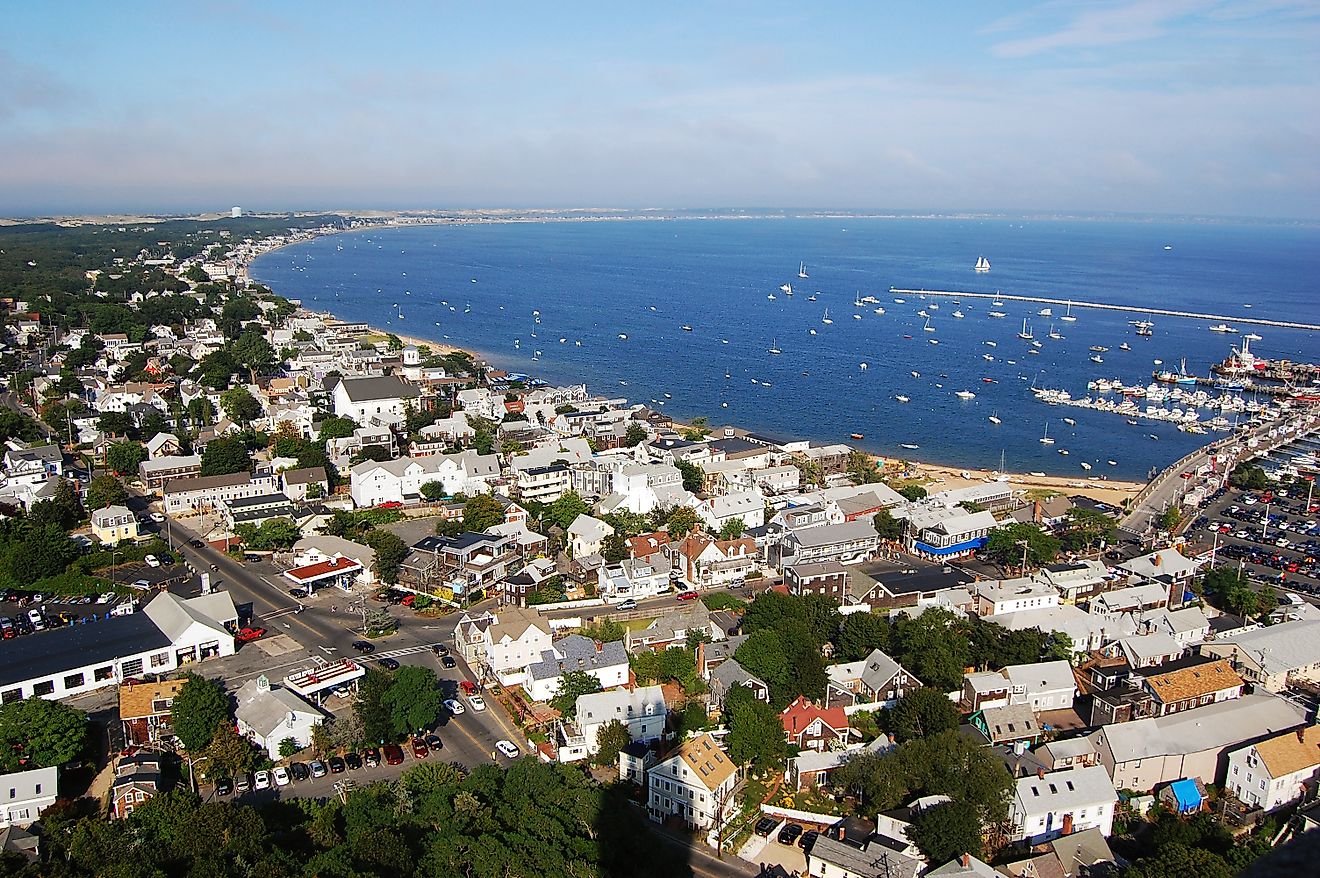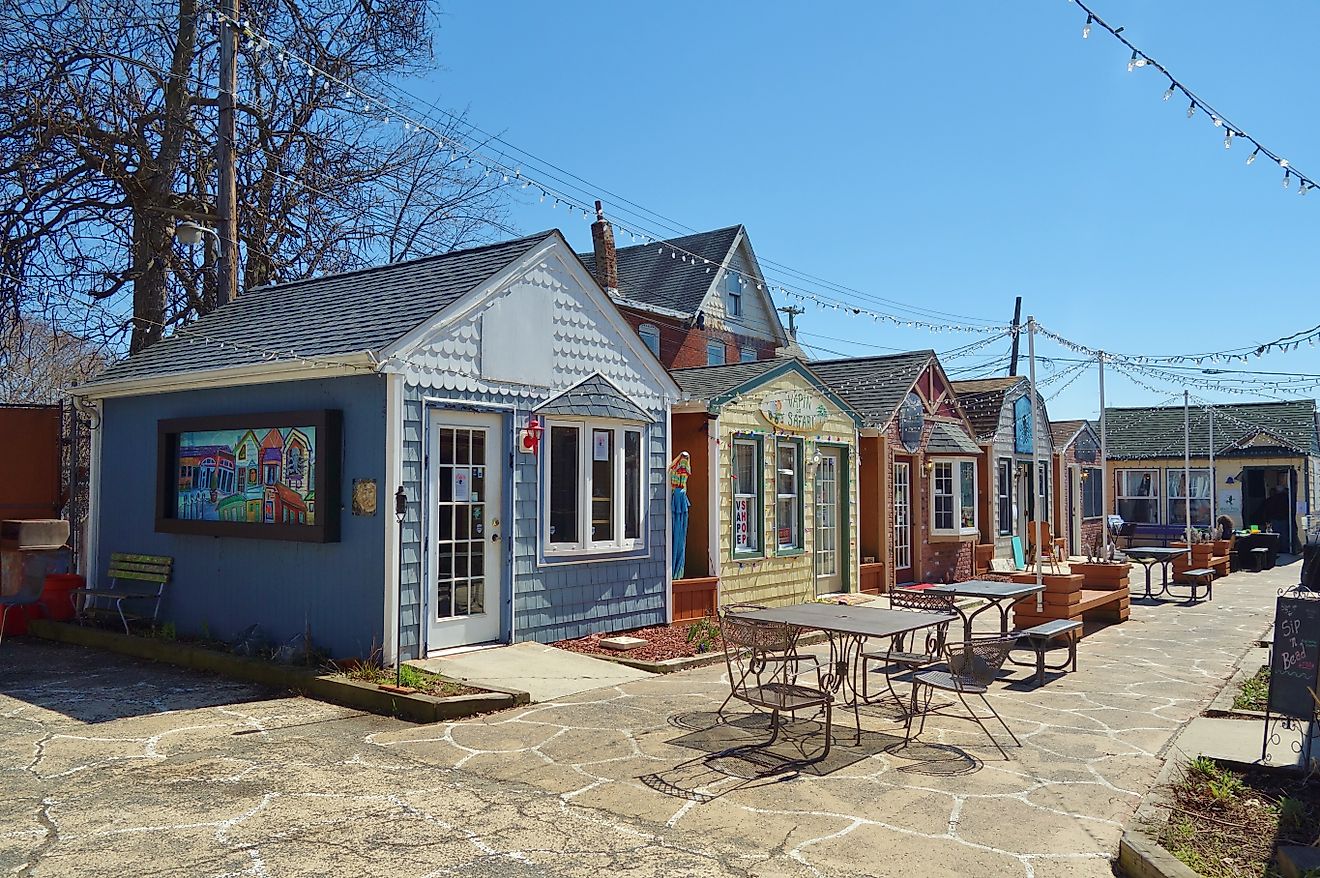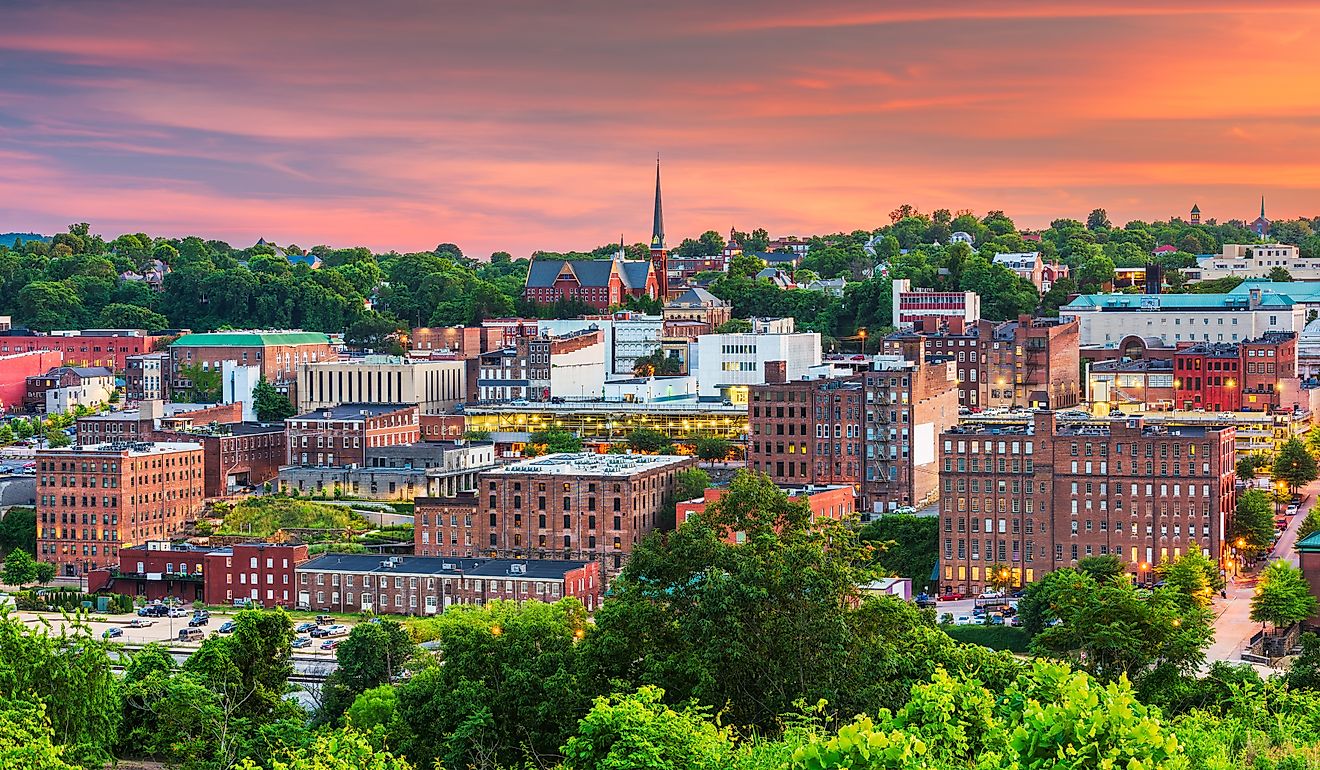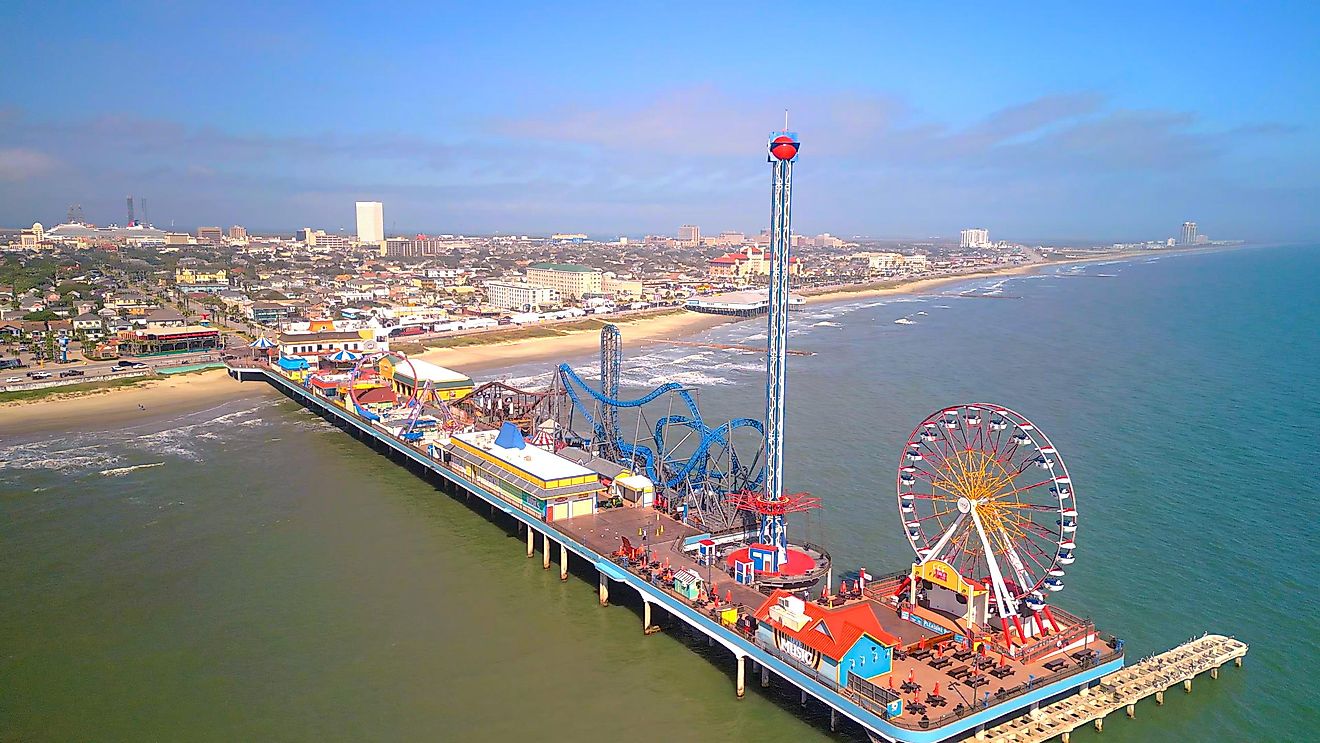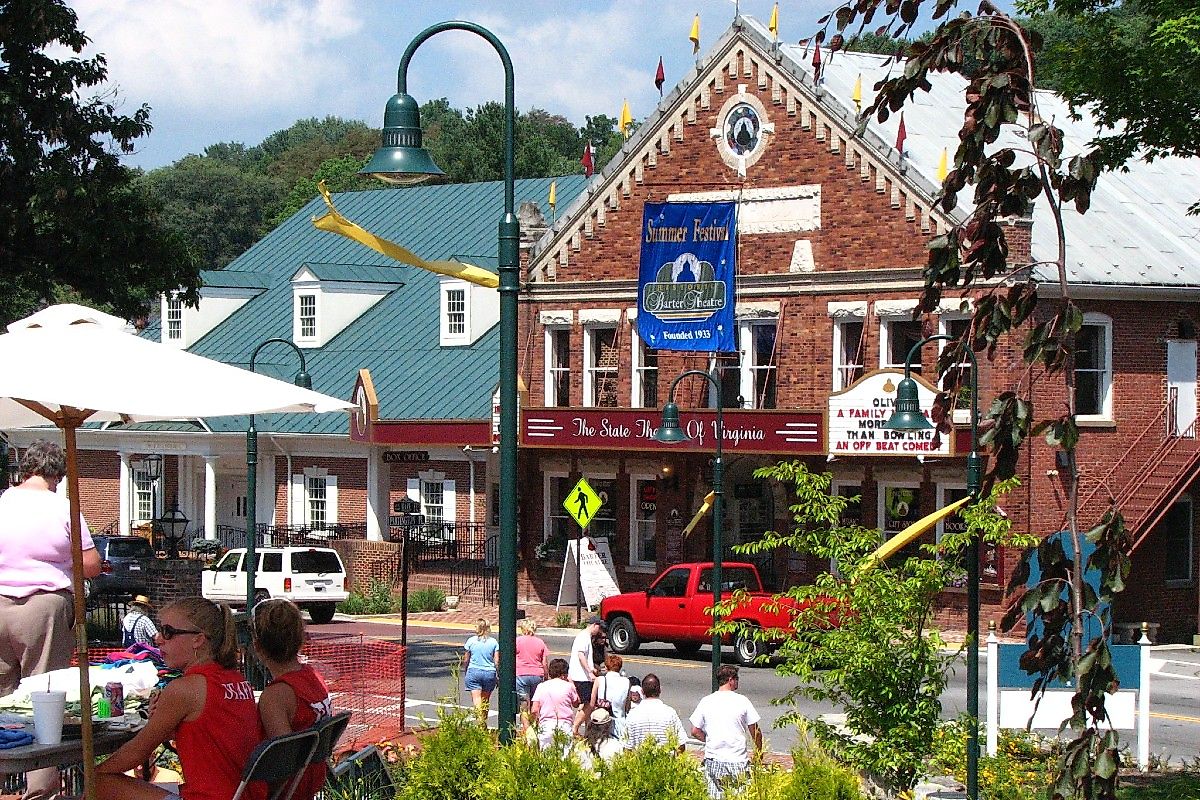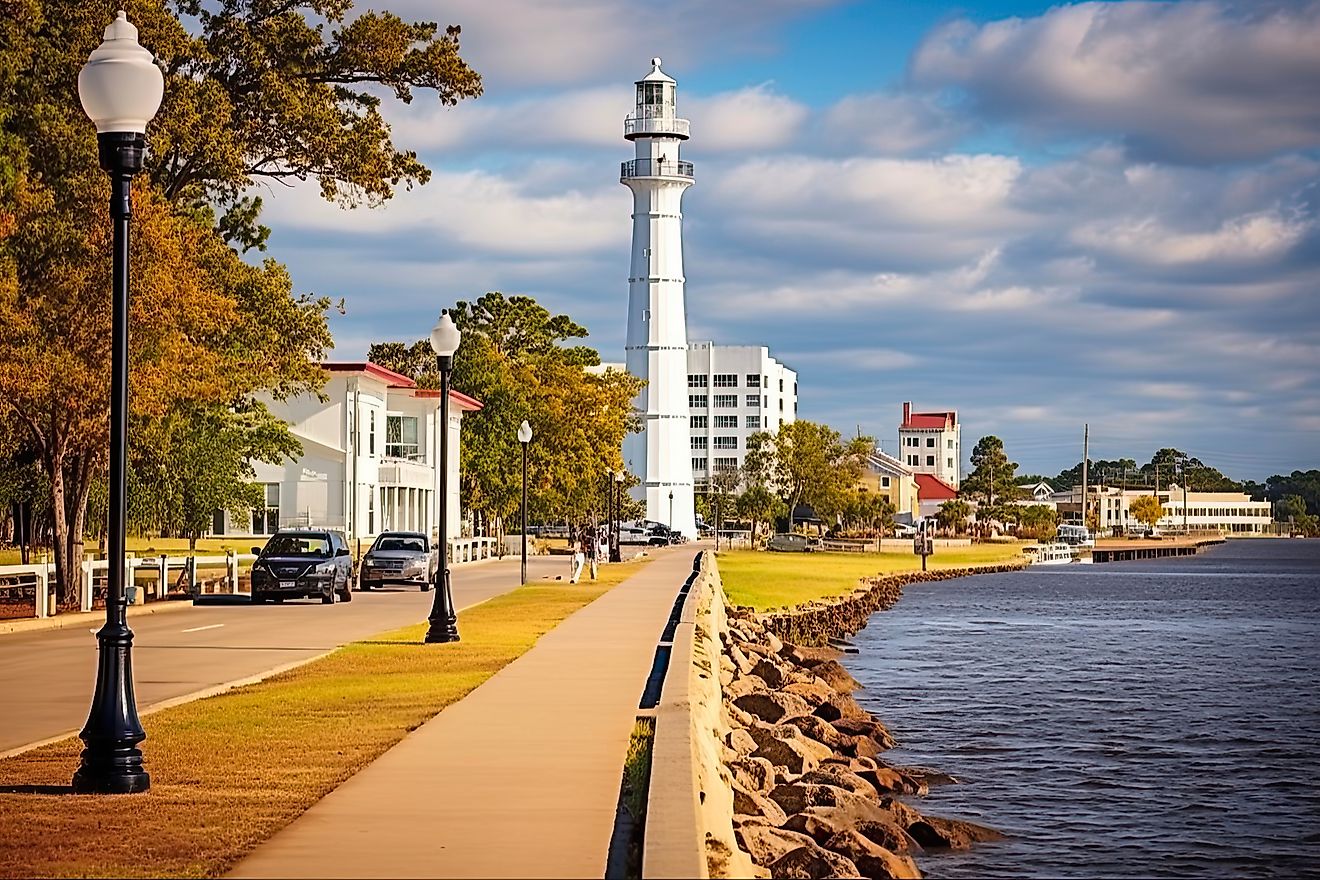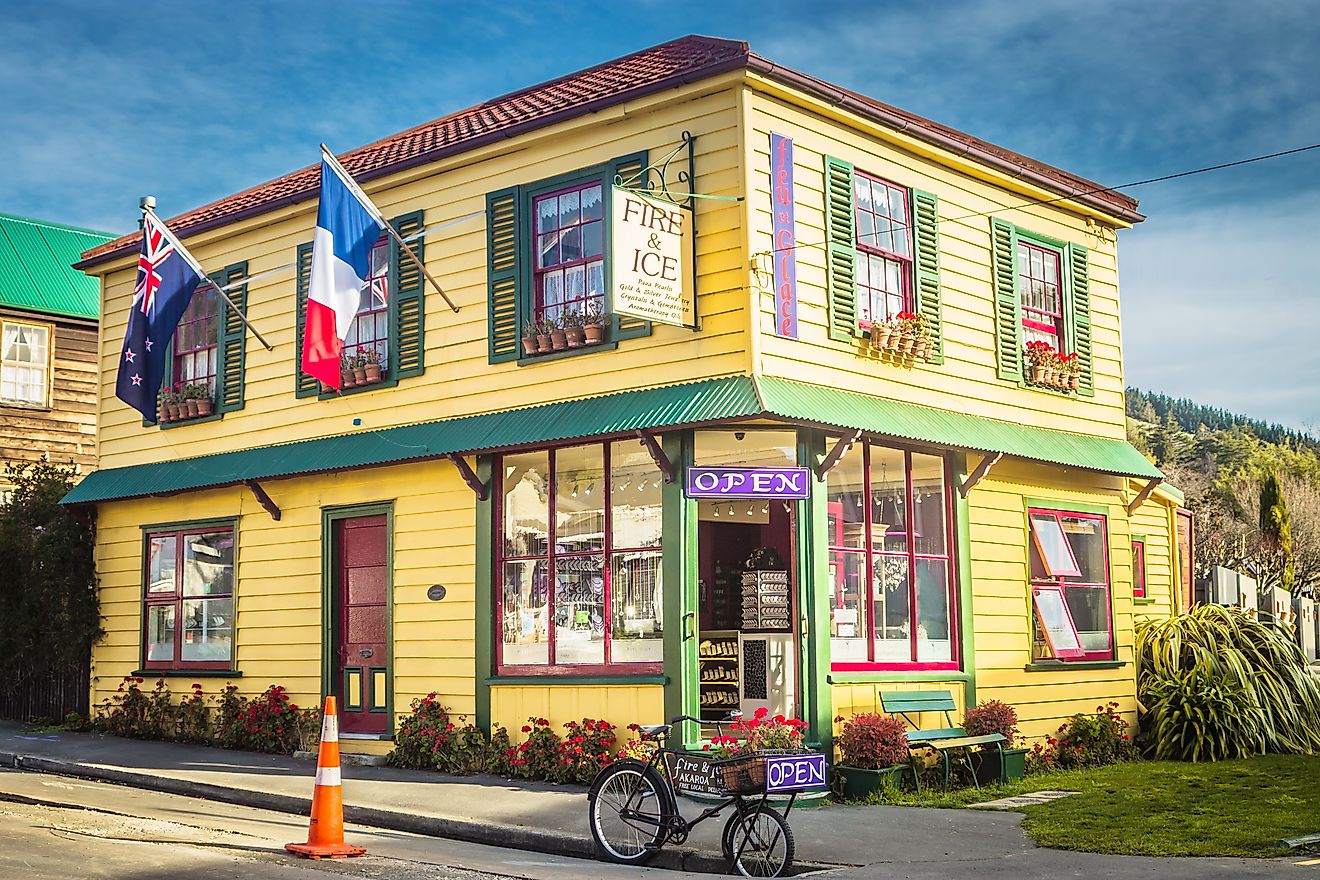
Pamplona, Spain
With a Roman presence dating back to 75 BC, significant expansion during the Middle Ages, and Vascon/Basque roots predating it all, the Spanish city of Pamplona (Basque: Iruña) is packed with architectural appeal, pulsating history, and exciting tourist attractions. The capital of the Navarre province (and once the capital of the Kingdom of Navarra) is the site of the annual San Fermín (i.e. bull-running) festival, the setting for Ernest Hemingway's celebrated novel, The Sun Also Rises (also published under the title Fiesta), and a key stop along the Camino Francés – the most popular of the Camino de Santiago (Way of Saint James) pilgrimages. The historical action is largely framed by a peripheral modern metropolis that houses some 661,537 (as of the 2021 estimate), as well as the partial remains of the old rampart. And because of the environmentally-focused urban developments, 740 acres of green spaces (i.e. 15% of the city's surface area) punctuate the layout. Pamplona is also one of the focal points of the Spanish (or Southern) Basque Country, and is easily reachable from throughout Western Europe.
Geography Of Pamplona

Pamplona sits in Northeastern Spain, in an abundant valley about 75 kilometers (46 miles) from the Southeastern French border town of Saint-Jean-Pied-de-Port (but on opposite sides of the Pyrenees). It is the capital of the Navarre province/autonomous zone (aka the Chartered Community of Navarre, or Comunidad Foral de Navarra in Spanish) – the Northeasternmost entity in the country. The city is traversed by the winding river Alga and enjoys the honor of being part of the historical Basque Country – a region that is shared with Southeastern France and preserves the isolated language and culture of the Basque people.
A Brief History of Pamplona

Pamplona's favorable climate and geographical position have fostered human activity for millennia. The first formal settlement is referred to as Iruña (in the Basque language) and belonged to the Vascones – a 1st millennium BC, a pre-Roman tribe that is considered ancestral to the modern-day Basque people. Then, in 74-75 BC, the Roman General Pompey the Great established a military outpost here to serve the resistance against Quintus Sertorius and named the site Pompaelo. The Navarrería borough in today's old town reflects this original Roman layout.
The second half of the following millennium was a tumultuous time for Pompaelo. Ownership was seized by the Germanic Visigoths for about four centuries (but not without consistent pushbacks by the strengthening Vascones), followed by a tug-of-war between the Moors and the Franks (under the rule of Charlemagne). Finally, in the early 10th century, the Vascones reclaimed the territory and formed their independent kingdom.
The 11th century is considered the golden era for Pamplona. Under the reign of Sancho III el Mayor, Ciudad de la Navarrería (as it was then known) was made the capital of the newly founded Kingdom of Navarre. During this time, there were significant economic developments, spurred on in part by the creation of the Camino de Santiago – a Christian pilgrimage that passes through Navarre on its way to the Galician city of Santiago de Compostela. This brought not only humble pilgrims but commercial prospects and cultural exchanges of all kinds into the city from the surrounding areas.
As the city expanded, two new boroughs were formed (San Cernín and the Población de San Nicolás), creating in-house quarrels between the three until 1423, when they were successfully unified – an event marked by the erecting of a city hall (Casa Consistorial), which has been rebuilt multiple times since. Then, in the early 16th century, Pamplona was incorporated under the Spanish crown, and construction promptly began on the enormous citadel/defensive walls. Such fortifications made this city the strongest military outpost in the nation's Northern sector.

To accommodate rapid expansion during the 20th century, the city's walls were partially demolished and laws prohibiting building outside of the ramparts were lifted. Today, Pamplona is a vibrant and layered metropolis. It retains much of its medieval architecture, but at the same time has modernized into a crisp, accommodating place. Pamplona has an excellent standard of living and attracts a healthy supply of tourists who veer only slightly from the classic Western Europe circuit.
The Highlights Of Pamplona
Architecture

It will take some time to satisfactorily unpack Pamplona. But to get things started, head down to City Hall, in the heart of the Old Town/Old Quarter/Historical City Center/Casco Antiguo. From here, the original three boroughs (San Cernín, San Nicolás, and Navarrería) can be explored leisurely on foot, during which many highlights will be seen. Crowd pleasers to watch out for include the adjacent Plaza del Castillo, the Gothic Pamplona Cathedral (completed in 1501 on the ruins of a 14th century Romanesque church), the previously-mentioned Ciudadela de Pamplona and the remains of the stone walls, Comptos Chamber (the oldest building in the city), Café Iruña (Ernest Hemingway's favorite hang out spot), and delicious pintxo/tapas bars that serve up the bite-sized Navarrese specialties throughout the cozy cobblestone streets. While in the old town, be sure to check off the Museum of Navarre, and the Sarasate Gallery, before heading across town to the Navarre University Museum, filled with contemporary art collections.
Festivals
While Pamplona is sure to delight year-round, it erupts into a world-famous frenzy during the San Fermín Festival - a religious celebration held in honor of Saint Fermin (the apocryphal patron saint of Navarre). The event took shape before the 12th century but was shifted to the summer in 1591, which made it overlap with a separate bull-running fair. Nowadays, between July 6th to the 14th, the streets flood with people dressed in white and red for what is essentially a nine-day party. There are concerts, games, fireworks, and good-spirited competitions, but the iconic highlight is the running of the bulls. Each morning, at 8 am, the txupinazo (rocket) signals to the brave volunteers in the old town streets that the raging bulls are being released.
This scintillating spectacle regularly brings in over a million tourists (in part thanks to Hemingway's impact), so book your hotel well in advance. If your visit doesn't happen to coincide with this wild affair, you can reenact the route (minus the intense adrenaline) by walking the half-mile course from the stables on Santo Domingo hill down to the Plaza de Toros de Pamplona (i.e. the bullring), predominantly along Calle de la Estafeta.
If massive parties are not your thing, perhaps the Navarre International Film Festival will be more your speed. This esteemed showcase of independent movies takes place in late September.
Camino de Santiago

The other locomotion-based tradition that rolls through town is the Camino de Santiago pilgrimage. This undertaking is not limited to a specific time (in fact, pilgrims pass through on a daily basis), and is more about a peaceful stroll, rather than a frantic sprint followed by ceaseless fiestas. There are many Caminos throughout Spain, France, Portugal, and Italy, but the Camino Francés is the most trodden (by a large margin). This nearly 800-kilometer (500-mile) mixed-terrain path begins in St.-Jean-Pied-de-Port, France, and ends in Santiago de Compostela. Pamplona is one of the main stops along the way. Take stock of backpackers with the iconic scallop shells strapped to their bags, often with an old-fashioned wooden walking stick in hand (but possibly upgraded to high-tech trekking poles these days), and head over to the Way of St. James Interpretation Center (Ultreia) to learn more about the history of the hike. A pleasant hour or two could easily be passed by also following the various yellow shells and arrows painted or mounted throughout town that guide these spiritual wanders on their journey. But beware, once a pilgrim, always a pilgrim. You may just find yourself booking a return trip with the goal of walking the whole thing.
Green Spaces

Pamplona has evolved over the years to not only serve its historical footprint and booming tourism industry, but also to prioritize green spaces for all its inhabitants. There are 740 acres of natural spaces and over 60,000 trees (accounting for 15% of the city's surface area). Some of the most cherished parks include the Gardens of the Belle Epoque, the Citadel and Vuelta del Castillo Park, the Japanese-style Yamaguchi Park/Galaxy Garden (which replaced defunct industrial spaces adjacent to the Camino), Taconera Gardens (the oldest park in the city) and River Park (which along with the university gardens creates a 25-kilometer/16-mile walk along the banks of Arga river).
Living In Pamplona

The quality of life and favorable climate in Pamplona makes it appealing to expats, retirees, and lately, digital nomads. The cost of living may be higher than the national average, but it is more affordable than the majority of cities in Western Europe and North America. Monthly rent can range anywhere from $600 (USD equivalent) for a small studio outside of the popular areas, to about double that for a larger apartment in high-demand sectors.
Healthcare is excellent throughout all of Spain – ranked by the World Health Organization and the 2023 Health Care Indexas one of the best quality systems on the planet (second in Europe only to Denmark). Free or low-cost services are provided through the public sector, and out-of-pocket private options are also available. The overall cost is significantly less compared to the United States.
The education system is also multi-tiered and of generally high-quality. There are state-funded, state-subsidized private, and privately-funded options. Schools are governed by the Ministry of Education and Vocational Training in conjunction with the bodies of the autonomous communities. In terms of Pamplona, specifically, the University of Navarra ranks as #280 on the QS World University Rankings, is considered the second-best institution in Spain according to the annual CYD ranking, and hosts some 3,387 international students across its four campuses.
In terms of industry, Pamplona excels at manufacturing – particularly of metals, paper, kitchenware, liquor, chemicals, and the milling of sugar and flour. The city is also a communications hub between Spain and neighboring France. Pamplona also enjoys the bountiful fruits of both steady and seasonal tourism.

As for entertainment, along with one of the biggest parties in the world (San Fermin), Pamplona boasts an excellent social scene/nightlife. Concerts and other demonstrations regularly take over Plaza del Castillo, and there are countless clubs, bars, cafes, and restaurants for folks to indulge their fancies. Enjoy various lineups of pintxos – specialty appetizers of Spanish Basque Country that typically include some combination of choice meats, seafood, and seasonal produce. Txistorra is another local dish that is similar to chorizo. Fitting with the established theme, bull's tail stew is also a popular go-to in town. And wine-lovers will rejoice, since Pamplona is near the La Rioja region, where some of the best Spanish wines are produced (look for merlot and cabernet sauvignon in the red department, garnacha for rosé, and if you're feeling bold give, the kalimotxo a whirl – a combination of wine and cola).
Getting To Pamplona
The two closest major international airports are located in the nation's capital of Madrid, and Barcelona. Non-stop trains can be boarded from either city, with the former taking about three hours, and the later about three and a half. It is also possible to fly into Pamplona from either Madrid or Barcelona. There are typically a few daily flights. And as with many places in Europe, a combination of indirect trains and buses will connect to Pamplona from most sizable cities across Spain and France.
Modern, yet medieval; elegant, yet rambunctious; Pamplona wears many hats. This ancient Spanish/Basque city has transformed itself countless times throughout the ages – always finding ways to adapt to arising challenges and incorporate new visions. This makes it one of the standout stops in the Northeastern province of Navarre. In an abundant valley near to the Pyrenees, engulfed in eclectic architecture, and throbbing with personality, Pamplona is truly one of a kind.
